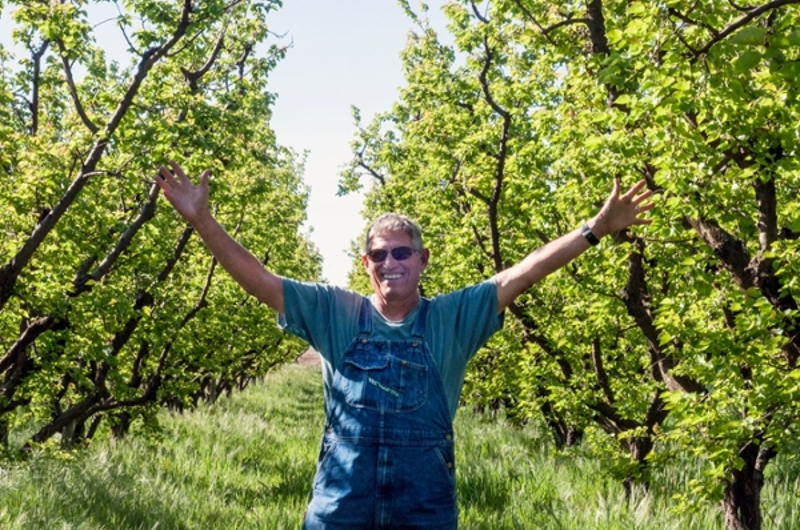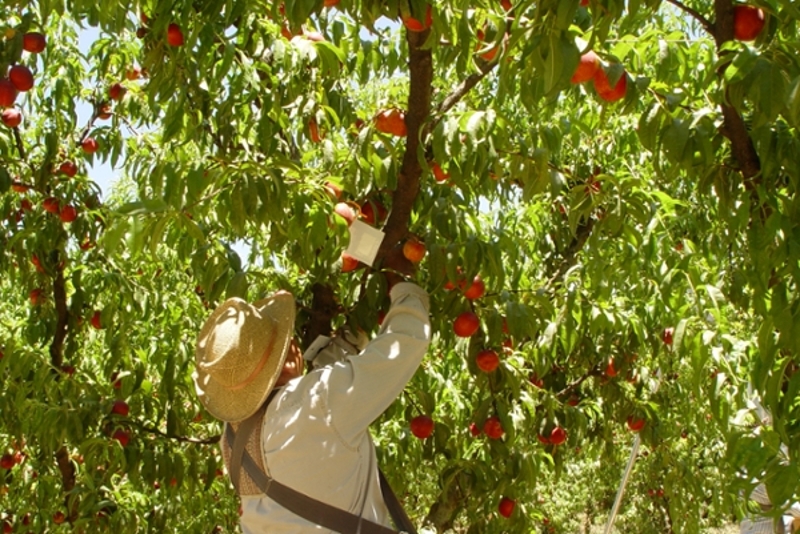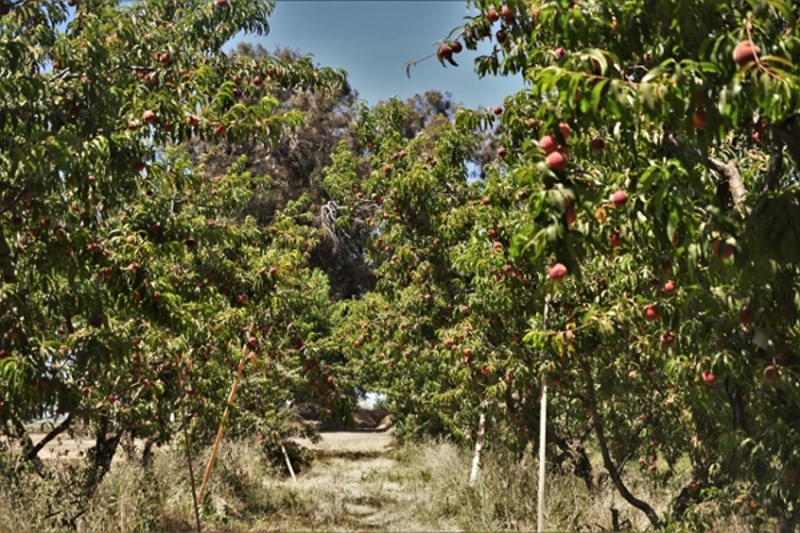
Frog Hollow Farm



Alfred Courchesne first purchased land and started Frog Hollow Farm in 1976. He was raised a city boy in Berkeley, where he grew up loving food but not knowing anything about agriculture. He studied anthropology and Spanish at UC Berkeley, then became a teacher in Hawaii for 10 years. There, he discovered that farming was his passion. In Honolulu, he farmed small parcels of ground: tomatoes, peppers and other veggies. Then, in 1976, he moved back to California and purchased 13 acres of land in Brentwood, just 50 miles east of the Bay Area.
“I am driven mostly by the taste of the fruit itself but also by the beauty of the landscape and the health of the community of people who eat our food,” he said. “The decision to dedicate my life to farming was the beginning of my journey. After that it became a quest to grow more tasty, delicious fruit in a way that protects the health and beauty of the land.”
He now grows peaches, nectarines, plums, pluots, apricots, cherries, almonds, apples, pears, quince, table grapes, pomegranate, persimmon, citrus, mulberries, avocados and has a small 2-acre plot of annual vegetables.
“My land ethic is to take care of the land sustainably and to grow the most delicious varieties of fruits and vegetables that we can find for this area. I also want to continue to build the soil, sequester carbon and create a healthy ecology for the plants and the people who work on the farm,” he said.
Frog Hollow Farm is now a 250-acre farm made up of orchards and a few acres of vegetables. They employ water conservation irrigation (drip and micro sprinklers), minimal tillage (only till at the planting of a new orchard), plant cover crops in between trees, plant native bee and pollinator-attracting plants on edges of orchards, plant windbreaks and hedgerows, put up bat and owl boxes, raptor perches, make their own compost and more. They have been working on ways to adapt with climate change by planting a diversity of crops and selecting new varieties that are more tolerant to less chill-hours.
“My dream is to have a farm to table restaurant on the farm,” Courchesne said, “with most of what we serve grown by Frog Hollow Farm. I would love to continue to build the soil, farm sustainably and continue to provide delicious fruits and vegetables to our local communities. I am hoping my two daughters take over when I move on.”
Courchesne has found that regenerative farming techniques have changed his farm dramatically. “We think that our methods have created a healthier orchard ecology, able to resist pests and diseases, while still being resilient and productive,” he said. Within 40 years, Frog Hollow Farm has grown from 13-250 acres. For any and all persons interested in experimenting with regenerative agriculture on their own farms, Courchesne says, “Go for it!”
